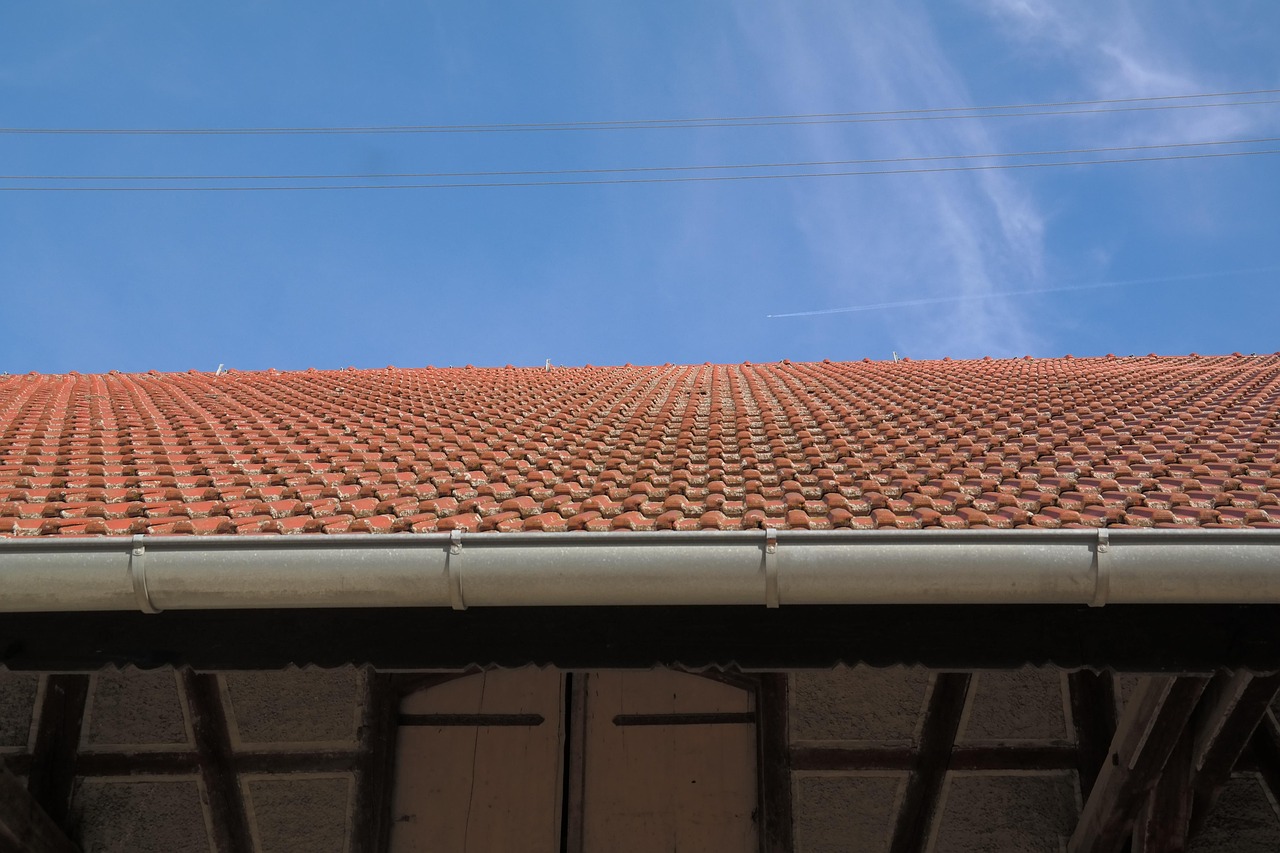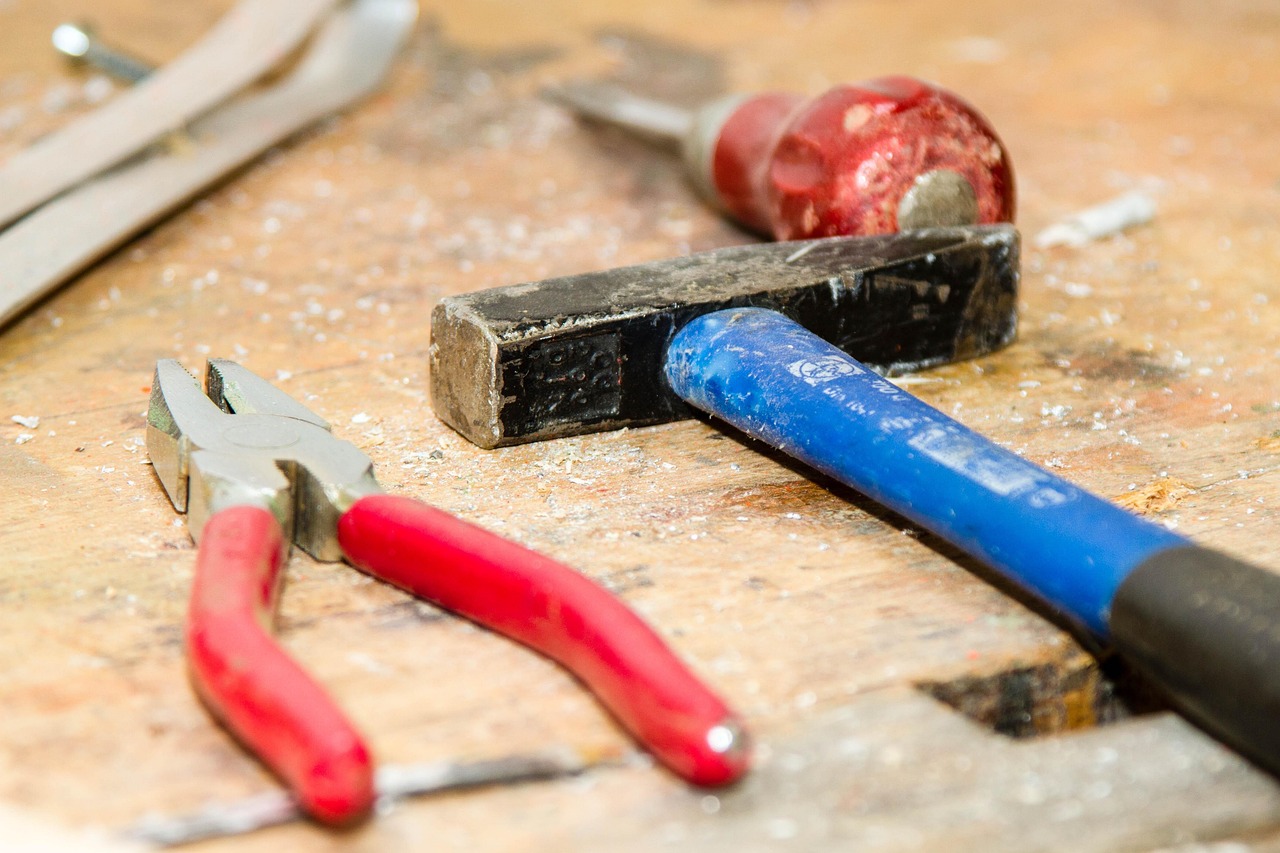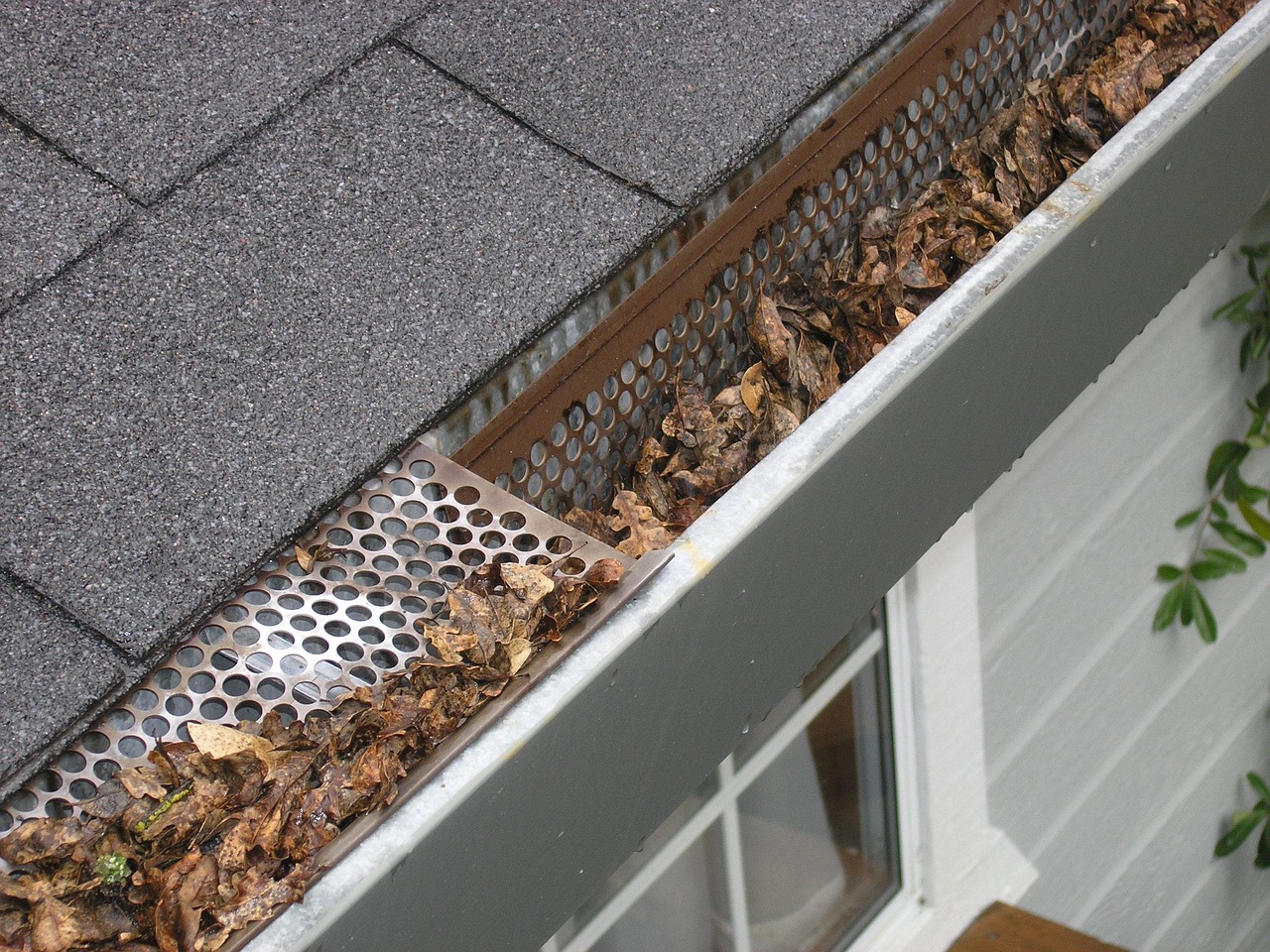- Gutter guards prevent damage and reduce maintenance: They help keep gutters free of leaves, debris, and pests, protecting your roof, fascia, and foundation.
- Different types serve different needs: Mesh, reverse curve, brush, foam, and screen guards vary in effectiveness, durability, and suitability depending on local climate and debris type.
- Pros and cons matter when choosing: Some guards handle large leaves well but struggle with fine debris, while others are more durable but cost more or require professional installation.
- Installation and maintenance impact performance: DIY-friendly guards exist, but certain types like reverse curve or premium mesh often require professional installation for optimal results.
- Costs vary widely: DIY options can be under $2 per linear foot, while professional installation for high-end guards may reach $25 per linear foot, but higher-quality guards reduce long-term maintenance.
- Regular upkeep extends guard life: Inspecting for damage, trimming nearby trees, replacing worn guards, and keeping gutters themselves in good condition maximizes effectiveness and lifespan.
Gutters are one of those home features most people only notice when something goes wrong. Overflowing gutters can lead to water damage, foundation problems, and a lot of unnecessary stress. That’s where gutter guards come in—they help keep your gutters free from leaves, debris, and clogs. But not all gutter guards are created equal. In this article, we’ll break down the most common types of gutter guards, their pros and cons, and what you can expect to pay. By the end, you’ll have a clear idea of which solution is best for your home.
Why Do You Need Gutter Guards?
Before diving into the types, it’s important to understand why gutter guards matter. Homes without gutter protection often face:
- Clogged gutters leading to water overflow
- Foundation damage caused by pooling water
- Roof and fascia decay due to water backups
- Increased maintenance with regular cleaning
- Pest problems like mosquitoes or birds nesting in gutters
A good gutter guard reduces these risks, saves time on cleaning, and can even extend the life of your gutters.
What Are the Most Common Types of Gutter Guards?

There are several types of gutter guards available, each designed to solve specific gutter problems. From keeping out leaves to preventing clogs caused by tiny debris, choosing the right type can save you time, money, and headaches. Let’s explore the most popular options in detail:
1. Mesh Gutter Guards
Mesh gutter guards consist of a fine metal or plastic screen with tiny holes that allow water to pass through while preventing leaves, twigs, and other debris from entering the gutter. They are one of the most widely used gutter protection systems.
Pros:
- Highly effective for large and medium debris: Mesh guards prevent most leaves and larger twigs from entering the gutter, which significantly reduces cleaning frequency.
- Unobstructed water flow: Water can easily flow through the small openings, even during heavy rain.
- Durability: High-quality stainless steel or aluminum mesh guards can last for decades without corrosion.
- Versatile installation: Available in DIY kits and professional-grade versions.
Cons:
- Small debris intrusion: Fine debris like pine needles, seeds, or shingle grit can sometimes get through, requiring occasional cleaning.
- Maintenance required: While less frequent than unprotected gutters, small debris may accumulate on top of the mesh.
- Installation complexity: Attaching a mesh guard properly can be challenging without professional help to ensure a secure fit and correct water flow.
Cost:
- DIY options: $0.50–$2 per linear foot
- Professional installation: $6–$15 per linear foot
2. Reverse Curve Gutter Guards
Reverse curve gutter guards are designed to direct water downward into the gutter while leaves and other debris slide off the edge. They often have a small overhang or lip that prevents debris from entering the gutter entirely.
Pros:
- Excellent for heavy rainfall: Their design allows water to flow quickly into the gutter, even during storms.
- Blocks most leaves and twigs: The curved surface forces debris to fall off naturally.
- Self-cleaning effect: Most of the time, debris slides off without manual intervention.
Cons:
- Higher cost: Reverse curve guards are usually more expensive than simpler mesh or screen systems.
- Professional installation needed: Proper fitting requires specialized tools and experience.
- Limited effectiveness against fine debris: Small particles like pine needles may still get trapped, potentially requiring maintenance.
Cost:
- Professional installation: $10–$25 per linear foot
3. Brush Gutter Guards
Brush gutter guards are tubular brushes that fit directly inside your gutters. The bristles catch leaves and debris on top while allowing water to flow underneath.
Pros:
- DIY-friendly: Simple to install by sliding the brushes into the gutter.
- Effective for large leaves: Works well in areas with big leaves that fall from deciduous trees.
- Low upfront cost: Relatively inexpensive compared to other systems.
Cons:
- Leaves accumulate on top: While water flows through, debris can sit on the brush, which may require regular removal.
- Not ideal for fine debris: Pine needles or small seeds often penetrate the bristles.
- Shorter lifespan: Depending on weather conditions, brushes may need replacement every few years due to wear or sun exposure.
Cost:
- DIY kits: $1–$2 per linear foot
4. Foam Gutter Guards
Foam gutter guards are made from porous foam that sits inside the gutter. Water passes through the foam, while debris is trapped on top.
Pros:
- Affordable and easy to install: Simple cut-to-fit foam pieces allow for DIY installation.
- Effective for various debris types: Handles leaves, seeds, and even small twigs.
- Customizable size: Foam can be cut to fit gutters of any width.
Cons:
- Degradation over time: Prolonged exposure to sunlight and weather can cause foam to deteriorate.
- Debris accumulation on top: Requires periodic cleaning to prevent buildup.
- Less durable: Foam options generally do not last as long as metal guards and may compress or deform under weight.
Cost:
- DIY kits: $0.75–$1.50 per linear foot
5. Screen Gutter Guards
Screen gutter guards are flat metal or plastic mesh panels placed over the top of gutters. They prevent leaves and larger debris from entering while allowing water to flow freely.
Pros:
- Simple and effective: Easy to understand and install, providing immediate protection.
- DIY installation: Many homeowners can install these guards without professional help.
- Inexpensive and widely available: A cost-effective solution for basic gutter protection.
Cons:
- Fine debris penetration: Small particles, like pine needles or sand, may still enter the gutter.
- Vulnerable to lifting or warping: Strong winds or snow load can occasionally displace screens.
- Maintenance still required: Periodic inspection and cleaning are recommended to ensure optimal performance.
Cost:
- DIY kits: $0.50–$1.50 per linear foot
- Professional installation: $5–$10 per linear foot
How to Choose the Right Gutter Guard for Your Home
Selecting the best gutter guard depends on multiple factors that relate to your home’s location, landscaping, and maintenance preferences:
- Local climate: Homes in regions with heavy rainfall may benefit from reverse curve or mesh guards, while areas with abundant falling leaves might find brushes or screens more effective.
- Debris type: Pine needles, large leaves, and seeds behave differently. Matching the guard type to your most common debris helps prevent clogs.
- Budget considerations: Professional-grade guards often cost more but typically offer greater durability and lower maintenance over time.
- Maintenance preference: Some guards, like foam and brushes, require occasional cleaning, while metal mesh or reverse curve options can reduce maintenance to nearly zero.
By understanding these factors, homeowners can make a more informed decision, balancing cost, effectiveness, and ease of maintenance.
Installation: DIY or Professional?

Some gutter guards are DIY-friendly, while others are best left to professionals.
- DIY options: Foam, brush, and some mesh or screen guards. Easy to install with basic tools.
- Professional installation: Reverse curve guards and premium metal mesh. They require specialized tools and precise fitting.
Tips for installation:
- Always measure gutters carefully before buying
- Ensure proper slope for water flow
- Wear gloves and work safely with ladders
- Check local building codes if required
How Much Can You Expect to Spend?
Costs vary based on material, brand, and installation:
| Type | DIY Cost (per linear foot) | Professional Cost (per linear foot) |
| Mesh | $0.50–$2 | $6–$15 |
| Reverse Curve | N/A | $10–$25 |
| Brush | $1–$2 | $5–$10 |
| Foam | $0.75–$1.50 | $3–$7 |
| Screen | $0.50–$1.50 | $5–$10 |
Tip: Investing in higher-quality gutter guards can save money in the long run by reducing maintenance and preventing water damage.
Common Mistakes to Avoid
- Choosing the cheapest option without considering effectiveness
- Ignoring gutter slope or proper water flow
- Forgetting to inspect and clean guards periodically
- Overlooking your local climate’s debris type
Do Gutter Guards Really Eliminate Cleaning?
While gutter guards reduce maintenance, no guard is completely maintenance-free. Small debris, dirt, and moss can still build up over time. Checking your gutters twice a year is usually enough to prevent problems.
Tips to Extend the Life of Your Gutter Guards
Even the best gutter guards benefit from a little upkeep. Following these tips can help you maximize their lifespan, maintain performance, and prevent costly repairs to your gutters and home:
1. Clean Nearby Trees to Reduce Leaf Fall
- Trim overhanging branches: Regularly prune tree branches that hang over your roof to minimize the amount of leaves and debris falling into your gutters.
- Remove dead or diseased trees: Dead branches can shed leaves and twigs year-round, increasing the load on your gutter guards.
- Landscape strategically: Plant trees farther from the house or choose tree varieties that produce less litter to reduce maintenance.
- Why it matters: Less debris means your guards can function more efficiently and reduces the chance of clogs forming beneath or around the guards.
2. Inspect for Damage After Storms
- Check for displacement: Heavy winds or hail can dislodge or bend guards, reducing their effectiveness.
- Look for cracks or splits: Ice, hail, or falling branches can damage guards, especially foam or plastic types.
- Examine fasteners and attachments: Screws or clips can loosen over time, so ensure everything remains securely in place.
- Why it matters: Early detection of damage prevents leaks, overflows, and water damage to your home’s foundation or roof.
3. Replace Worn or Deteriorated Guards Promptly
- Monitor material wear: Foam guards may compress, brushes can lose bristles, and metal screens may rust over time.
- Don’t wait until failure: Replacing guards at the first sign of wear keeps your gutters protected and avoids more expensive repairs later.
- Consider upgrading: If guards are repeatedly failing, it might be time to invest in a more durable type suitable for your home’s conditions.
- Why it matters: Worn-out guards allow debris to enter gutters, leading to clogs, water damage, and increased maintenance needs.
4. Ensure Gutters Themselves Are in Good Condition
- Check for sagging or uneven gutters: Gutters must slope properly toward downspouts for water to flow efficiently.
- Repair leaks or holes: Even the best gutter guards can’t prevent water damage if your gutters are compromised.
- Maintain clean downspouts: Ensure water flows freely through downspouts to prevent backups.
- Why it matters: Guards are only as effective as the gutters they protect. Maintaining healthy gutters ensures your guards can do their job and extend the life of your roof, fascia, and foundation.
Are Gutter Guards Worth the Investment?
For most homeowners, gutter guards are a worthwhile investment. They save time, protect your home, and reduce the risk of costly water damage. The right type depends on your home’s needs, local climate, and budget.
In Closing
Understanding the types of gutter guards, their pros and cons, and the costs can make your decision much easier. Whether you choose mesh, reverse curve, brush, foam, or screen, the goal is the same: to protect your gutters, reduce maintenance, and keep your home safe from water damage.
Choosing the right gutter guard doesn’t have to be overwhelming. Consider your priorities, research the options, and make a smart choice that fits your home and lifestyle.
